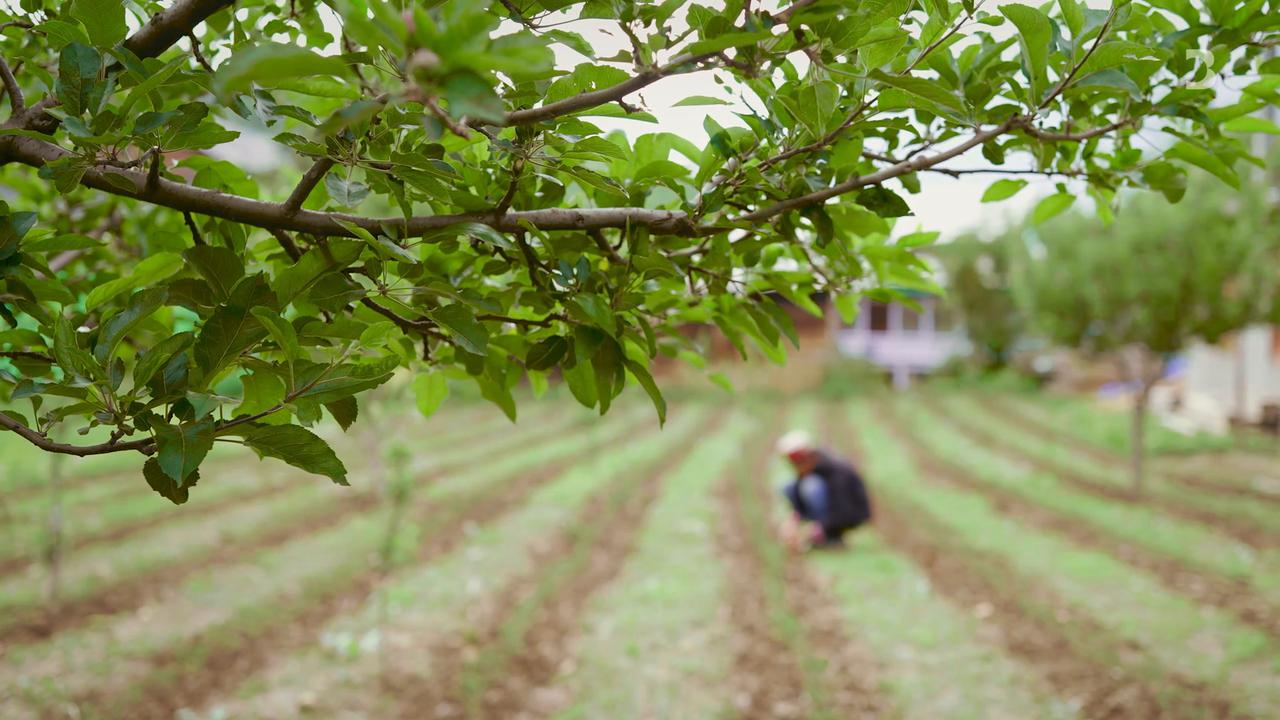Half of farmers are over retirement age. Is our food system at risk?
The average age of farmers in the United States is 58. Industry leaders are worried about what will happen when they retire.

When the 77-year-old patriarch of a centuries-old New Jersey farm died in early August, more than 1,300 people commented beneath a Facebook post announcing the passing of the eighth-generation farmer.
Many said Hunter’s Farm and Market, the family business John Hunter took over decades ago, was an integral part of their life. It was where their family bought corn, tomatoes and green beans every summer, and where some learned how to do “hard work” during part-time high school jobs.
Hunter’s son, also named John Hunter, said his father’s death, caused by a “mechanical accident,” put the family in “an unfortunate club.” With nearly 40% of all farmland across the country now owned by farmers over the age of 65, it’s a club quickly gaining membership – and raising alarm bells.
As the average age of the American farmer ticks above 57, industry leaders have voiced concerns about the future of American agriculture and the country’s food supply.
More than 95% of farms in the United States are family-owned. Yet, the number of farms has steadily declined in recent years amid greater consolidation. In 2022, there were almost 2 million farms and ranches, down 6.9% from 2017, according to data from the Department of Agriculture’s census report.
The number of farms could fall further as farmers continue to age, and fewer young people take their place.
“Not every family has that next generation or has a son or daughter or grandson or whatever to take over,” said Bill Hlubik, an agricultural professor at Rutgers University, who runs the school’s farmer training program. “It is a huge challenge and we're going to have to deal with it.”
A crisis 40 years in the making
The current dilemma facing the farming industry ties back to the 1980s farm crisis, when thousands of families lost their farms due, in part, to plummeting land values and overproduction. The economic downturn altered the way young people thought about farming.
At the time, parents “discouraged their children from returning to the land or pursuing careers in agriculture,” Aaron Locker, managing director of the agricultural recruitment firm Kincannon and Reed, told Congress during a June 4 hearing.
Enrollment in agriculture-based college programs dropped by nearly 37% between 1980 and 1990 and, in some regions, the share of students studying farming still remains small.
Young people who grew up in farming families are opting not to continue the businesses for a variety of reasons, from concerns about health care resources available in rural areas, to the financial burdens and uncertainty of farm work, said Megan Schossow, who works as a coordinator at the Upper Midwest Agricultural Safety and Health Center at the University of Minnesota.
People who want to open their own farms, but who don’t have family ties to the industry, also face enormous upfront challenges, including the costs of land and machinery.
“In the past institutional knowledge would've been shared from one generation to another,” Hlubik said. “Now we simply don't have as many people as we had that are actively farming. It's less than less than 1% of the population.”
An existential threat?
Those in the agriculture industry appear divided over just how much consumers could feel the effects of the aging farm population in the coming years.
Locker called the vacuum in leadership on family farms a “threat to the resilience of the most essential system in the country — our food supply.” Farmers who retire and don't have anyone to pass their businesses to, are more likely to consolidate the farm or sell the land.
But others, including Chris Wolf, a professor of agricultural economics at Cornell University, say the broader impacts aren’t yet fully known.
“It's not clear that it's really a food security issue,” Wolf said. “It's more about a way of life as far as keeping the farms around. Farms end up being a major economic driver in rural communities so if you don't have as many farms around, then you lose local businesses.”
Addressing information gaps and increasing financial assistance for new farmers could go a long way toward solving the problem, he suggested. And there are signs for optimism.
Between 2017 and 2022, the number of new farmers jumped 11% and in 2023, the number of agriculture graduates in the workforce grew by 3%, according to data from the Department of Agriculture.
Rutgers’ RU Ready to Farm program had more than 500 people apply to participate, and has more than 230 currently enrolled, said Hlubik, who runs the initiative.
He hesitated to call the issue of aging farmers a “crisis” but argued that “the importance of it needs to rise.”